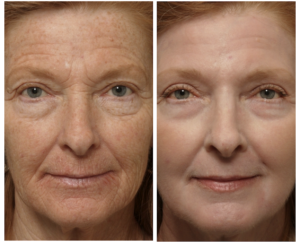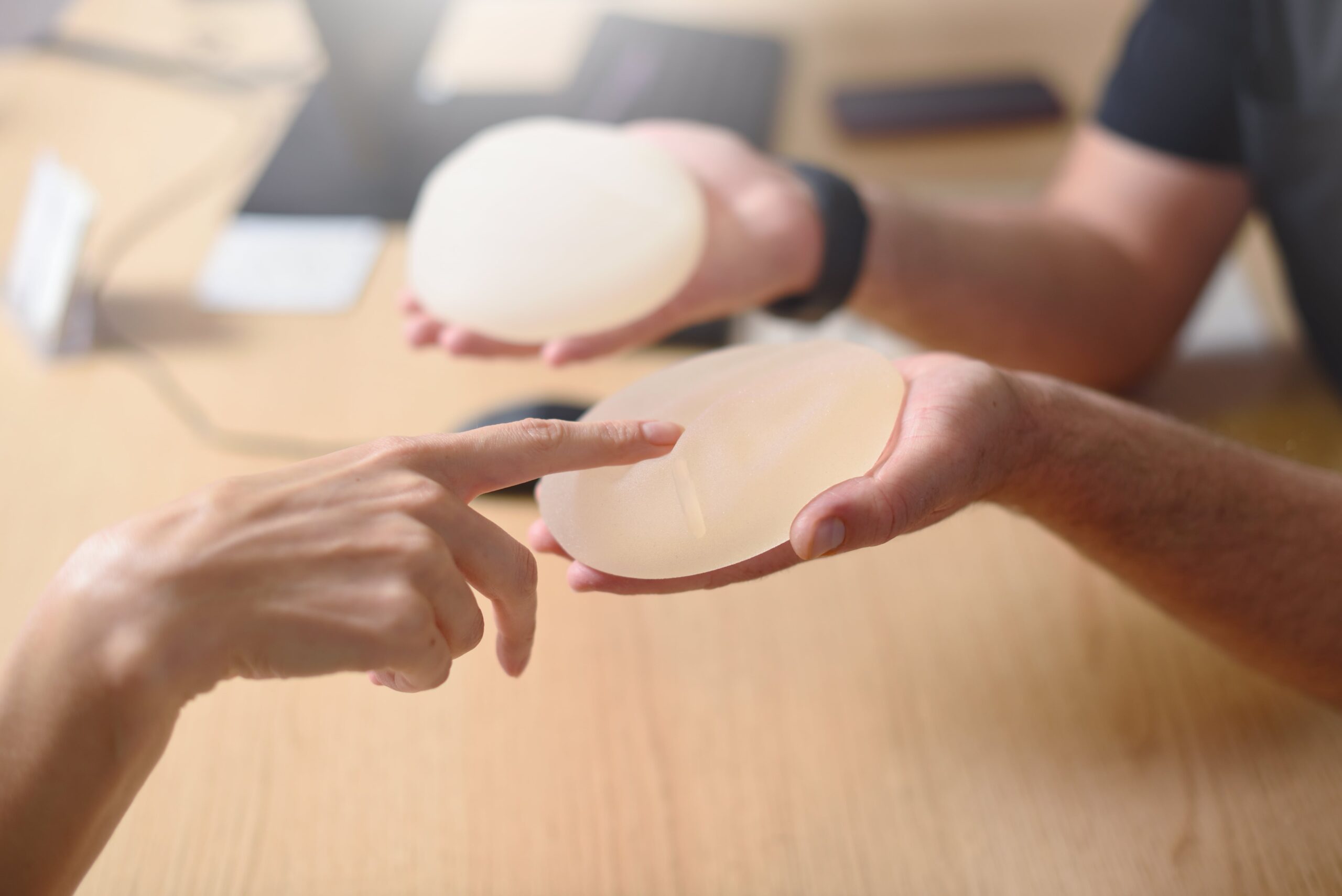

Experience the Most Powerful Anti-Aging Peel Yet!
Imagine looking in the mirror and seeing a smoother, younger, more radiant version of yourself. With the Croton Peel, this transformation is not just a dream
Breast augmentation can help you feel more confident by improving your shape. It’s a popular procedure at Kanta Plastic and Cosmetic Surgery for people in Ottawa.
Breast augmentation can help you feel more confident by improving your shape. It’s a popular procedure at Kanta Plastic and Cosmetic Surgery for people in Ottawa.
While breast surgery, whether for augmentation, reduction, reconstruction, or lifting is generally safe, it’s normal to experience some side effects as a result of an invasive procedure. On this page, Dr. James Lacey and Dr. Mehrad Jaberi inform you about the most common side effects after getting any type of breast procedure done. This will help you understand what to expect during your recovery.
Below is a detailed overview of the potential complications associated with breast surgery:
Infections, though rare, with a risk of approximately 1%, can develop at the incision site or deeper within the breast tissue, typically within a few days to weeks after surgery. The signs to watch for include redness, swelling, warmth, pain, fever, and possible pus drainage from the incision area. While most infections tend to occur soon after the procedure, they can arise at any time. Mild infections are generally manageable with antibiotics, but in more severe cases, surgical intervention might be necessary to drain abscesses or remove infected tissue. In extreme situations, implant removal may be required, with a waiting period of at least three months before a new implant can be placed.
A hematoma, which is a collection of blood outside the blood vessels, can occur near the surgical site, often leading to swelling, bruising, pain, and tightness in the affected area. It's most commonly seen immediately after surgery, though it can develop at any time if there's an injury to the breast. Smaller hematomas may resolve naturally as the body absorbs the blood, but larger ones may require surgical drainage, to alleviate the symptoms and prevent complications.
A seroma, which is a pocket of clear fluid that can accumulate in tissue pockets after surgery, often forms around the surgical site. This fluid buildup may cause swelling, a fluid-filled bulge under the skin, discomfort, and sometimes even a sloshing sensation. While minor seromas are typically absorbed by the body over time, larger ones might require needle aspiration or drainage. If left untreated, a persistent seroma following tuberous breast surgery could lead to complications like infection or capsular contracture, possibly requiring additional surgery.
Capsular contracture is a complication that can occur after breast implant surgery. It happens when scar tissue forms tightly around the implant, causing it to become firm and potentially hardened. This can lead to changes in the breast's shape and may cause discomfort or pain. While it's normal for some scar tissue to form around any implant (like a pacemaker or hip replacement), in about 5% of breast implant cases, this tissue becomes excessively thick. Treatment options range from medication and massage to surgical revision, depending on the severity of the condition.
Fat necrosis is another possible complication after breast augmentation. It occurs when breast fat cells are damaged, leading to inflammation and the formation of scar tissue. This can create a firm lump in the breast. While it's not cancer, it can sometimes feel like one. Symptoms may include tenderness, bruising, or changes in breast shape. Most cases of fat necrosis improve on their own, but in some cases, surgery may be needed to remove the affected tissue.
Blood clots are a rare but serious complication after surgery. These clots can form in your legs (deep vein thrombosis or DVT) and travel to your lungs (pulmonary embolism). Symptoms of DVT include leg swelling, pain, and redness. Pulmonary embolism symptoms are shortness of breath, chest pain, and a rapid heartbeat. To prevent clots, you might wear special stockings, take medication to thin your blood, and move around as soon as possible after surgery. If a blood clot does occur, treatment will involve medication to break down the clot.
Changes in nipple and breast sensation can happen after breast augmentation. Sometimes, nerves can be affected during surgery, which can change how your nipples and breasts feel. You might experience numbness, tingling, increased sensitivity, or a complete loss of feeling. While these changes often go away on their own, some people may have permanent changes in sensation.
Asymmetry can occur after breast augmentation. It happens when your breasts look uneven in size, shape, or nipple position. This can be due to different healing rates or other factors. While some degree of asymmetry is normal, significant differences can be bothersome. In some cases, revision surgery may be needed to achieve the desired look.
They can occur after some types of breast surgery, especially reductions and lifts. These procedures can affect your ability to produce milk or breastfeed successfully. If you're planning to have children, it's important to discuss this with our surgeon before the procedure. Working with a lactation specialist can help you manage any breastfeeding challenges you may face.

To schedule your consultation, simply call our Cosmetic
Patient Coordinators at 613-591-1099 or complete the
contact form below. We are here to support you through
your journey and look forward to assisting you!


Imagine looking in the mirror and seeing a smoother, younger, more radiant version of yourself. With the Croton Peel, this transformation is not just a dream


Valentine’s Day is all about celebrating love—and this year, we’re helping you love the skin you’re in! Kanata Plastic Surgery is excited to share our


Why Cosmetic Fillers Might be Right For You Cosmetic fillers are a non–surgical type of cosmetic treatment used for facial rejuvenation and enhancing overall facial


9 Reasons to Choose our Private Surgical Facility over a Public Hospital When it comes to plastic surgery, there are many options available. While many


Will Botox Get Rid of Wrinkles ? Botox is a popular treatment for wrinkles that is becoming increasingly popular. It is a type of injectable

EXCELLENT rating
Based on 70 reviews